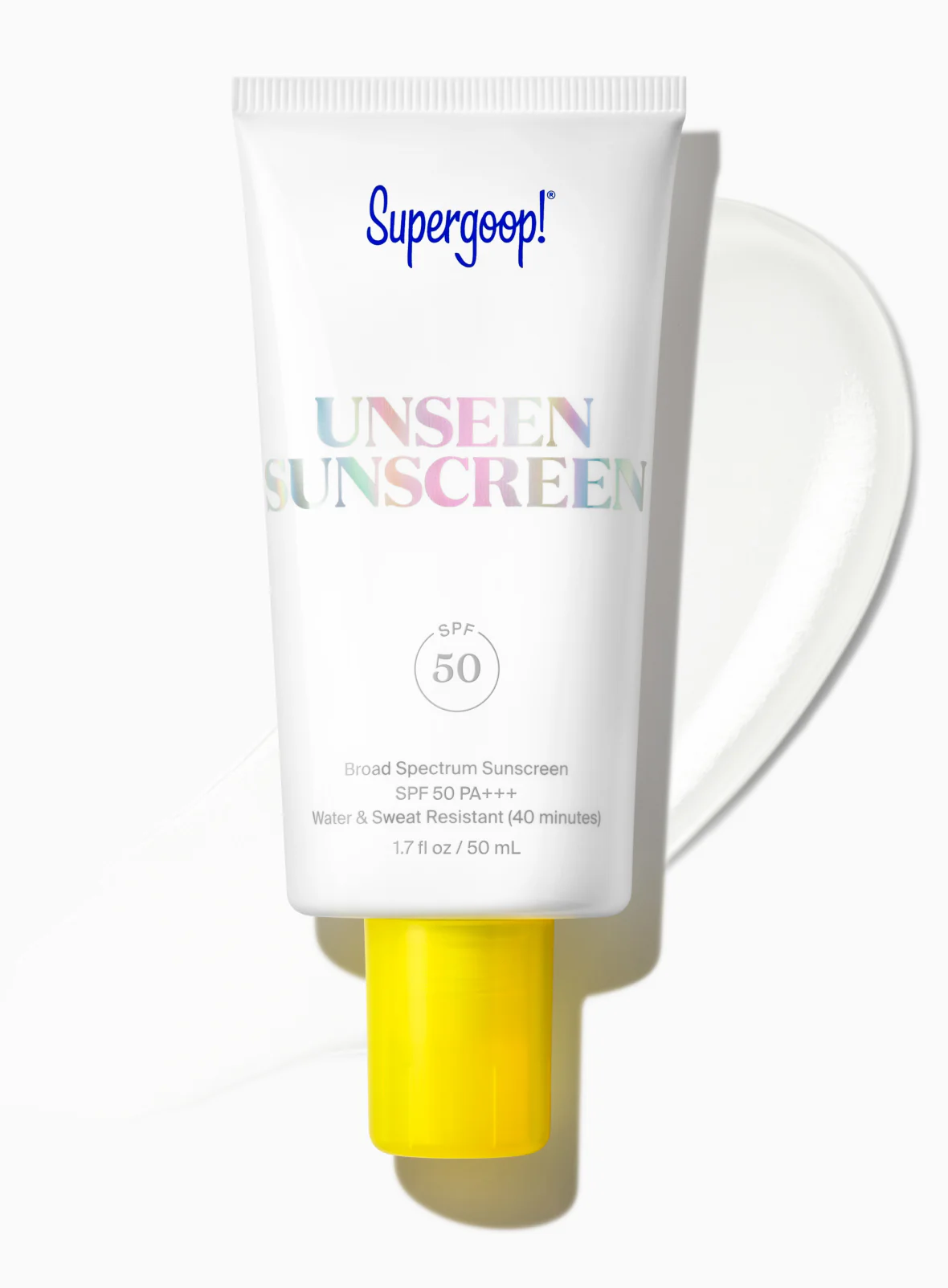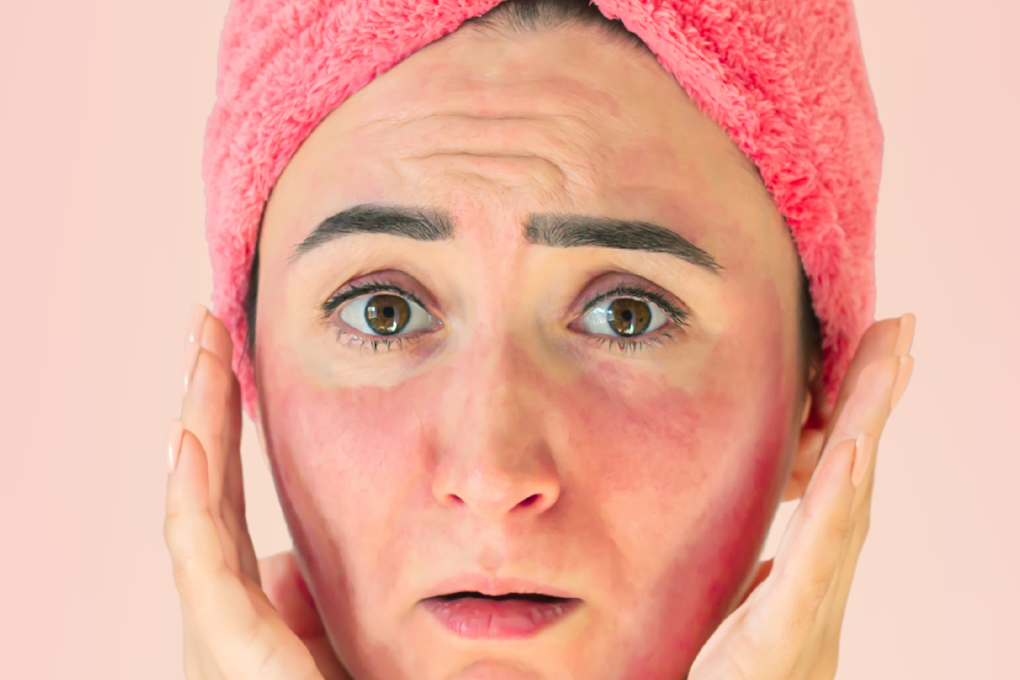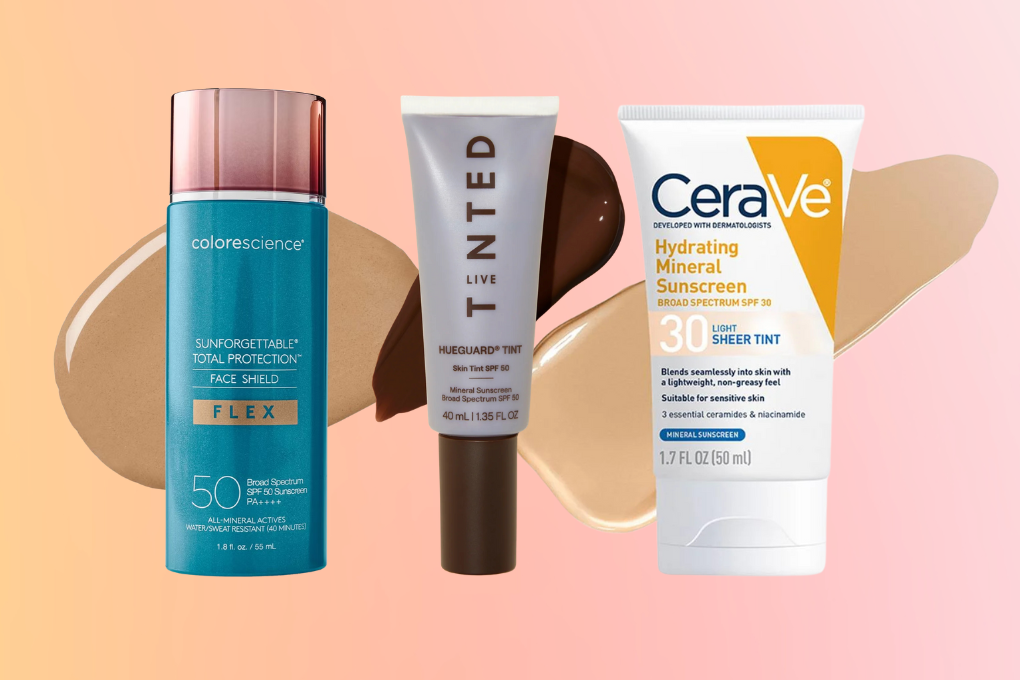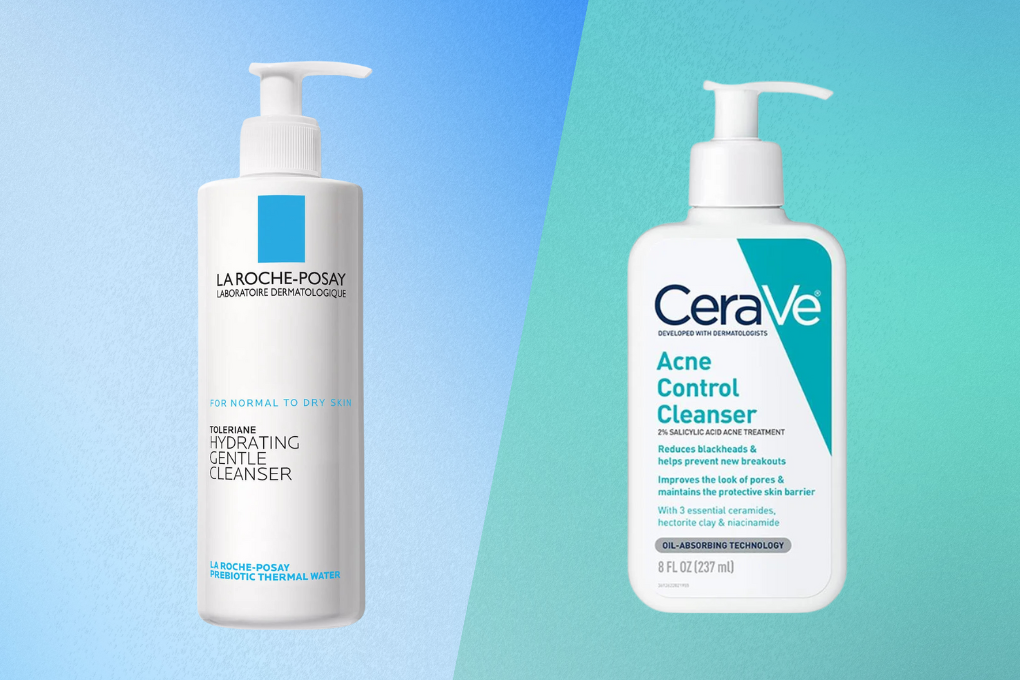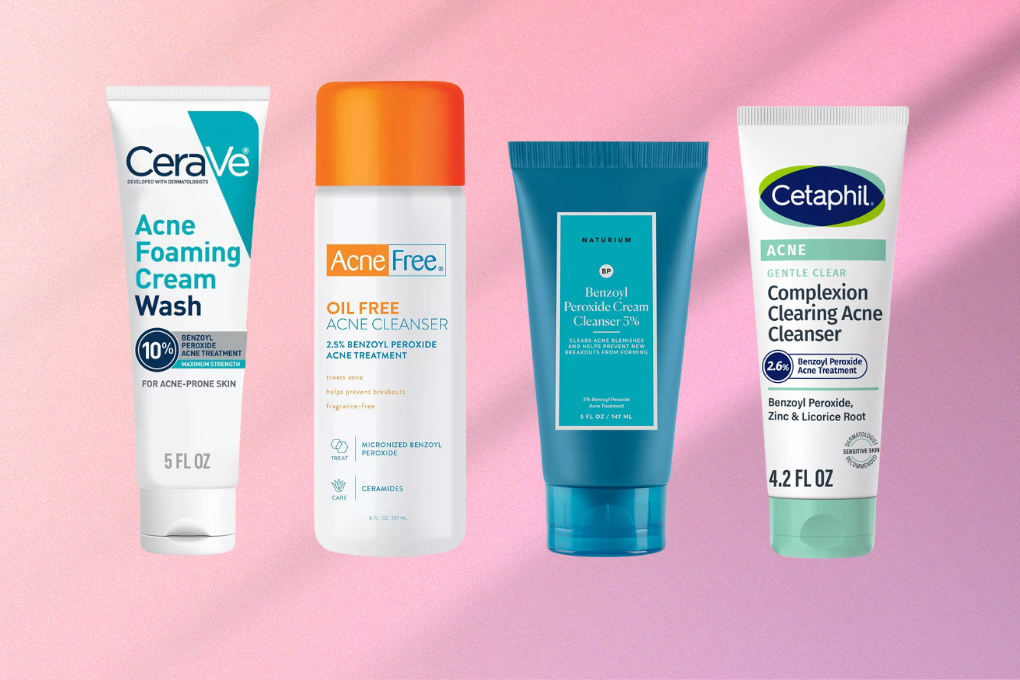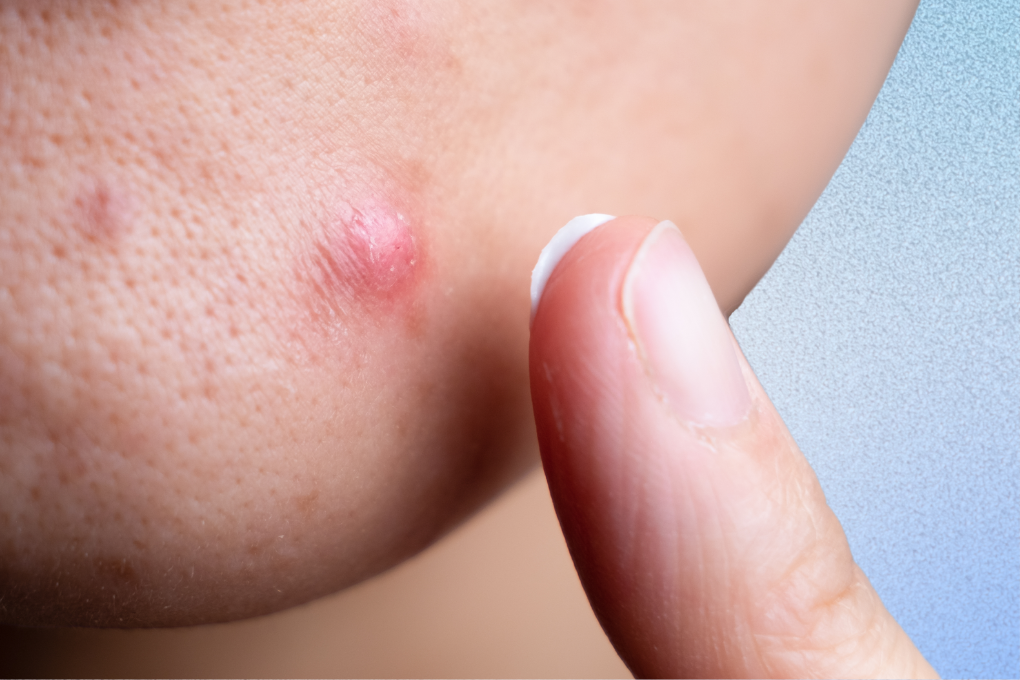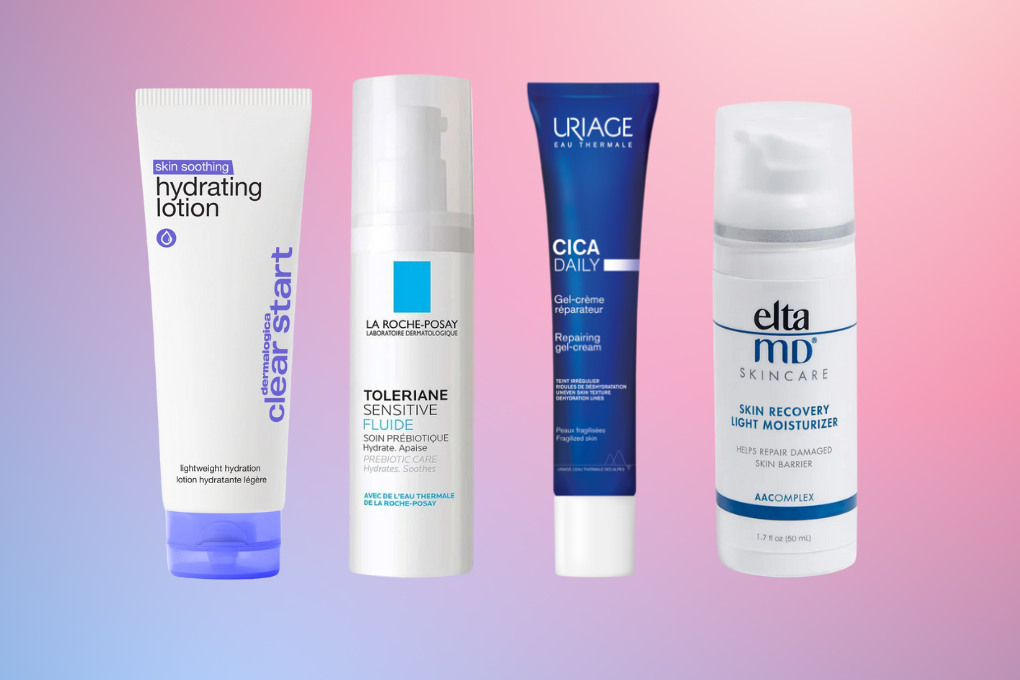- Clean Makeup Brushes and Sponges
- Cover Open Pimples
- Prep Your Skin with Moisturizer or Primer
- Don’t Depend on the SPF in Foundation
- Don’t Go Too Matte
- Lightweight Foundation and Spot Conceal
- Try Different Application Techniques
- Use Setting Spray and Powder
- Pay Attention to Shelf Life
- Thoroughly Remove Foundation
At Acne Club, we know that acne is normal, and we practice acne neutrality. With that said, we often still want to be able to wear foundation to camouflage breakouts as we go about our lives.
While picking a foundation that is safe for acne-prone skin is the first step, when it comes to applying makeup on acne-prone skin, it’s not just about the products you use but also how you use them.
To minimize irritation and prevent further breakouts while getting a beautiful finish on your foundation, here are some makeup tips for acne-prone skin:
Clean Makeup Brushes and Sponges
Dirty makeup tools can harbor bacteria, oil, and old makeup residue, all of which can contribute to breakouts. Make it a habit to clean your brushes and sponges regularly with a gentle cleanser.
Alternatively, using clean fingers to apply foundation can minimize the risk of introducing bacteria to your skin, as long as you wash your hands thoroughly beforehand.
Cover Open Pimples
If you have any open pimples that might leak or become irritated, consider using a daytime pimple patch. These patches are designed to protect your skin, absorb excess fluid, and create a thin, smooth surface for makeup application. You can apply makeup over the patch to partially conceal the blemish while also keeping it protected and promoting faster healing. For a special event, you can also try using a liquid bandage to seal off and protect the pimple first before applying makeup
New-Skin Waterproof Liquid Bandage for Cuts and Minor Wounds
Hero Cosmetics Mighty Patch Invisible+ Ultra Thin Daytime Hydrocolloid Pimple Patches
Prep Your Skin with Moisturizer or Primer
Before applying any makeup, always start with a gentle, non-comedogenic moisturizer to create a smooth, hydrated base. This helps your foundation apply more evenly and can reduce the appearance of dry patches. If you have trouble with your foundation lasting all day or if you have texture from acne scars that you want to soften, you can try using a primer to create a more even surface for the foundation to cling to.
Smashbox The Original Photo Finish Smooth and Blur Makeup Primer
Don’t Depend on the SPF in Foundation
While it’s great that many foundations include SPF, it’s not enough to rely on this alone for sun protection. The amount of foundation you apply is usually not sufficient to provide adequate SPF coverage. Instead, make sure to apply a separate broad-spectrum sunscreen with at least SPF 30 after your moisturizer and before your foundation to ensure your skin is fully protected from UV rays. Some sunscreens with silicone formulas, like Supergoop! Unseen, can also function as primers to help your makeup go on smoothly.
Supergoop! Unseen Sunscreen Broad Spectrum Invisible Face Sunscreen and Makeup-Gripping Primer SPF 50
Supergoop Unseen sunscreen is a holy grail favorite for many people with acne-prone skin. It has a clear gel-like formula that goes on with no white cast, making it great for beards and darker skin tones. The velvety texture does well under makeup and adds shine control, so it can replace a separate primer if you wear foundation. It is a chemical sunscreen with antioxidants, and it can help filter blue light, UVA, UVB, and infrared rays, and is water resistant for 40 minutes.
- Clear gel formula won't show on darker skin tones
- Water-resistant for 40 minutes
- Can be used as a primer
- Silicone can contribute to breakouts for some people
Don’t Go Too Matte
When choosing a foundation for oily skin, it might seem like a full matte finish is the obvious choice to combat shine. However, semi-matte, natural, or satin finish foundations can often work better in the long run. While a fully matte foundation may initially create the shine-free look you want, it often struggles to hold up against the natural oils your skin produces throughout the day. As oil breaks through, your makeup can start to look patchy or cakey, emphasizing texture or separating in oilier areas.
On the other hand, a semi-matte or natural finish foundation can be a more forgiving option. These formulas provide a balance by allowing your skin to look more like bare skin. When your oils inevitably come through, they tend to meld more seamlessly with the natural finish, giving you a subtle glow.
Lightweight Foundation and Spot Conceal
Although it may often feel like your entire face is breaking out, if you look carefully, there is still a lot of clear skin between pimples that does not need full coverage.
For a natural look that still covers imperfections, apply a lightweight foundation, tinted moisturizer, or tinted sunscreen evenly over your entire face. This creates a breathable base that won’t feel heavy on your skin. Then, use a full-coverage foundation or concealer only on breakouts, hyperpigmentation, or acne scars and blend well.
Dermablend Flawless Creator Lightweight Buildable Full Coverage Foundation with Natural Finish
Flawless Creator Lightweight Foundation from dermatologist favorite makeup brand Dermablend is made to be easily customized. It comes in a weightless 10-ingredient formula that is safe for acne-prone and sensitive skin. Although it is lightweight, it also contains a concentrated blend of pigments, making it buildable from sheer to full coverage that can hide hyperpigmentation while still feeling natural on your skin. It can be used alone or mixed with skincare to change it up.
- Simple formula with only 10 ingredients
- Concentrated pigments for weightless full coverage
- Can be used alone or mixed with other skincare
- May be too concentrated if you want a lighter look
Kevyn Aucoin Sensual Skin Enhancer Full Coverage Multi-Use Cream Concealer and Foundation
Try Different Application Techniques
Different techniques can help apply the right layer and texture of foundation to cover your breakouts. When applying foundation, especially over areas with acne, try a stippling technique with a clean brush or sponge. This technique involves tapping the product onto the skin rather than dragging it across, which can help avoid irritating active pimples and create a more even, flawless finish.
Some people also find painting on foundation with a flat brush is less irritating on breakouts.
And if you have acne scars, there is a popular technique where you tear a makeup sponge and use the torn side to help press foundation into acne scars to even out texture.
Use Setting Spray and Powder
Setting sprays and powders can be very helpful in keeping your makeup in place throughout the day, especially if you have acne-prone or oily skin. Using a light, finely milled setting powder, especially in oily areas like the T-zone, can help control shine and blur any texture. Be sure to choose a powder that won’t clog pores or exacerbate acne.
Clinique Blended Face Loose Setting Powder Sheer Coverage, Natural Finish, Invisible Blend
Additionally, a setting spray can help lock in your makeup and create a barrier that helps prevent oil and sweat from breaking down your foundation. Look for a non-comedogenic setting spray that suits your skin type.
Pay Attention to Shelf Life
Makeup products have a shelf life, and using expired products can lead to irritation and breakouts. To avoid this, buy and open only the amount of foundation and other makeup products that you can realistically use within a year. This ensures that your makeup remains fresh and effective, reducing the risk of skin issues. If you don’t use makeup often, consider getting smaller sample sizes.
Thoroughly Remove Foundation
At the end of the day, it’s important to completely remove all traces of makeup, especially foundation, to prevent clogged pores and breakouts. Double cleansing is a great way to do this. Start by using an oil cleanser on dry skin to dissolve makeup, sunscreen, and excess sebum. Oil cleansers are particularly good at breaking down long-wear foundation and waterproof products without stripping your skin. Emulsify by adding water and rinse off your oil cleanser, then follow up with a gentle, water-based cleanser, leaving your skin clean and ready for your nighttime skincare routine.
EltaMD Oil-In-Gel Facial Cleanser Removes Long-Wear Makeup, Sunscreen, and Sweat
EltaMD's Oil-In-Gel Facial Cleanser is a unique oil cleanser hybrid. The formula starts as a gel that you rub onto dry skin, transforming it into a silky oil that dissolves water-resistant sunscreen, long-wear makeup, sweat, and excess sebum. After massaging the oil into your skin, add water to emulsify the cleanser and then rinse it fully off. The gel texture makes it less messy than other oil cleansers, and the formula allows it to cleanse deeply while preserving the skin barrier.
- Transforms from gel to oil on dry skin
- Dissolves sunscreen and makeup
- Preserves skin barrier
- Expensive for the size
- May need to be followed with foaming cleanser
Bioderma Sensibio Soothing Micellar Cleansing and Makeup Removing Foaming Gel for Sensitive Skin
This cleansing gel from French brand Bioderma's Sensibio line for sensitive skin uses micellar technology to gently cleanse and remove makeup. These cleansing microdroplets, or micelles, can capture oil and impurities without stripping, making this cleanser an excellent option for anyone with sensitive skin. It also uses Bioderma's patented D.A.F. complex, which works on all skin types to help improve the skin's tolerance threshold.
- Micelles gently cleanse and remove makeup
- Non-stripping for sensitive skin
- D.A.F. complex to increase skin tolerance
- More expensive than other options









